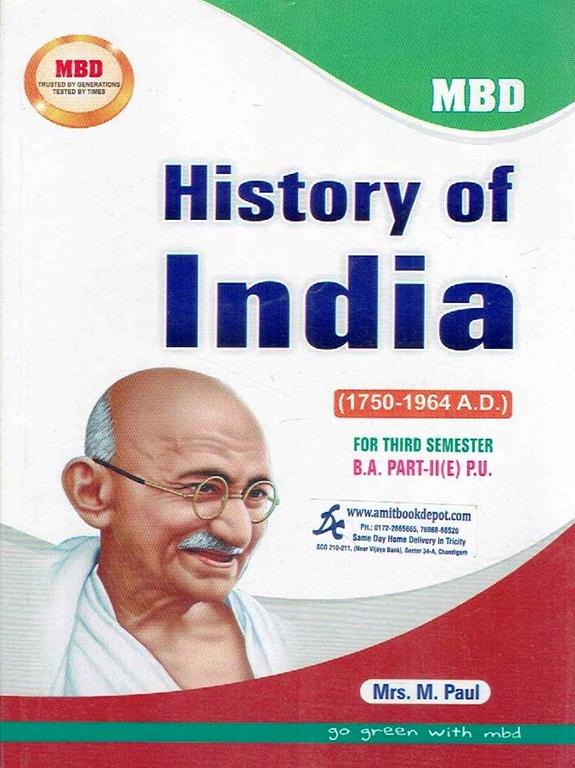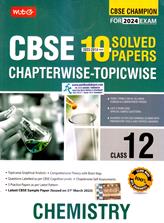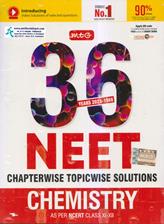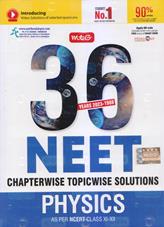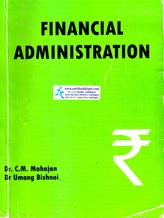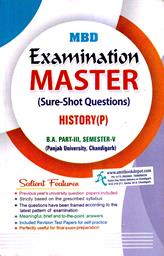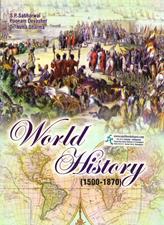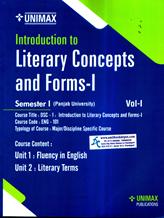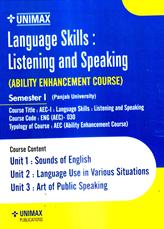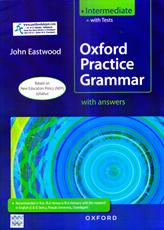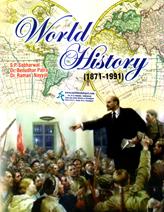MBD History of India (1750-1964 AD) BA 3rd Sem PU (English Medium)
MRP:
Rs410
Discount:
245%
Selling Price:
- In stock
Sold by:
Amit Book Depot:
Amit Book Depot:
Publisher:
Malhotra Book Depot
Malhotra Book Depot
ISBN:
1807M4823C5355
1807M4823C5355
author:
Mrs M Paul
Mrs M Paul
origin:
India
India
Refund:
Share:
Sold By
Amit Book Depot
Modern History of India (From 1750 to 1964 AD) BA 3rd Semester PU
1. Foundation of British Rule: Circumstances leading to the battles of Plassey and Buxar and their significance; Reforms of Warren Hastings.
- directly based on the syllabus of PU Chandigarh
- introduced the students to the historical period of modern times
- geographical maps from 1707 AD to 1964 AD
- previous year question papers are attached
- questions are discussed at the end of each chapter
- short answers are provided
- exam related questions are graded
CONTENT
1. Foundation of British Rule: Circumstances leading to the battles of Plassey and Buxar and their significance; Reforms of Warren Hastings.
Click Here To Download Content (INDEX) Of New and Old Version
There have been no reviews for this product yet.

